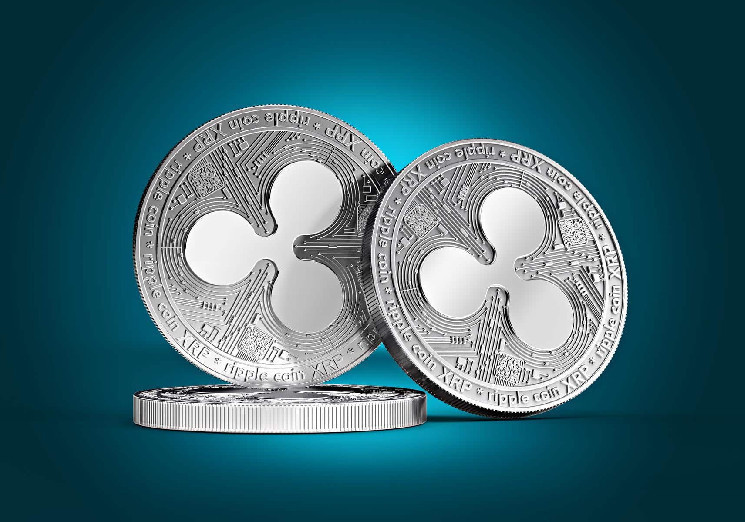- Ripple’s CBDC platform helps central banks digitize financial systems, which has had significant impacts on India.
- The XRP Ledger’s CryptoTradingFund (CTF) rewards users with tokens that may significantly appreciate.
Ripple continues to make significant strides in the global digital asset market. Central banks globally are exploring Ripple’s CBDC platform to digitize their financial systems. This technology is designed to help central banks and the government control digital currencies safely and effectively. This platform is particularly effective in India, where Ripple’s partnerships are changing the landscape of digital payments.
Ripple has partnered with Kotak Mahindra Bank, one of India’s largest private banks, since 2018. Through this partnership, Ripple has brought its XRP Ledger System CryptoTradingFund (CTF) into the Indian market. The CTF framework encourages the use of XRP by offering CTF tokens to customers for transactions. These tokens may be spent in the system or can be exchanged for other conventional currencies. The scarcity of CTF tokens coupled with high demand may result in a high appreciation, with market rumors estimating the value to rise from $0. 72 to $498.
Ripple is advancing at the same time as India is working on its own Digital Rupee project. Some of the Indian banks have started pilot testing the e-Rupee and integrated it into their systems to create digital wallets. The project also encompasses e-wallet services, with the Digital Rupee set to become the cornerstone of India’s future financial system.
RippleNet Facilitates Cross-Border Transactions
Kotak Mahindra’s partnership with Ripple is not limited to the Indian market. It will also enable the bank to connect with other payment processors and financial service firms via RippleNet, the latter being Ripple’s enterprise blockchain platform. ODL by RippleNet enhances the speed and effectiveness of cross-border payments using XRP. This integration is significant for Ripple’s plan and targets, especially due to the legal issues that are still present in the United States.
Ripple’s technology plays a crucial role in India’s financial sector, particularly in the development of its Digital Rupee project. The inclusion of the XRP Ledger in India’s digital currency plans demonstrates how blockchain can transform the world of finance.
E-Rupee Achieves Milestone in Daily Transactions
It is worth noting that by the end of 2023, the e-rupee hit a significant mark with one million transactions per day. Banks played a pivotal role in this regard, including providing incentives to retail customers and ensuring that a part of their employees’ salaries were paid in e-rupees. Ripple’s On-Demand Liquidity (ODL) service leverages XRP for liquidity in cross-border payments and offers banks a network of payment processors and financial services.
In the last month, reports indicated that daily e-rupee transactions plummeted to approximately 100,000. This decline can be attributed to fading interest, which means that the early adoption was mainly due to incentives and not actual demand. In the pilot, the sources said the decline started after the efforts to increase the transaction numbers stopped.
This has, in the recent past, resulted in daily transactions of between 250,000 and 300,000 towards the end of every given month. However, this level of activity is still far from the maximum that was reached earlier.
